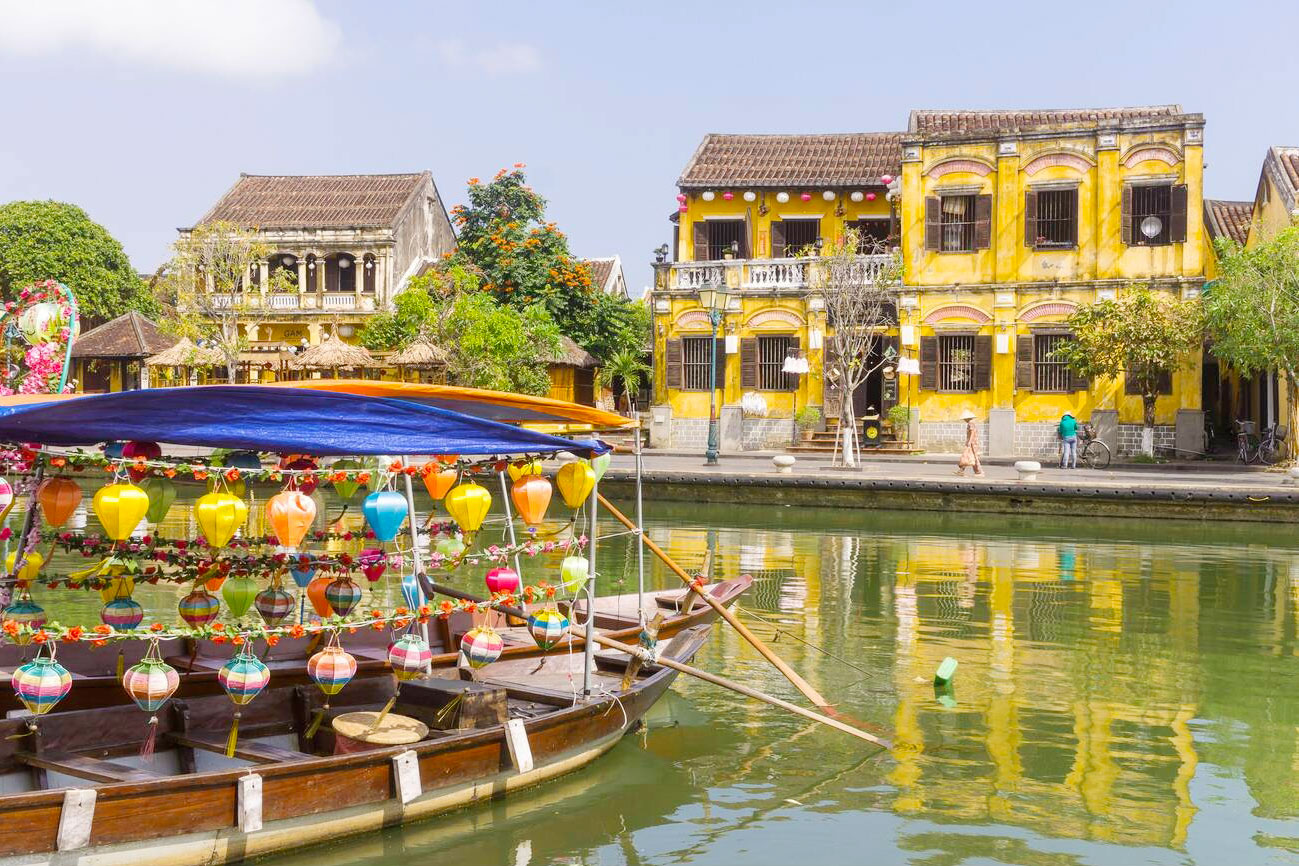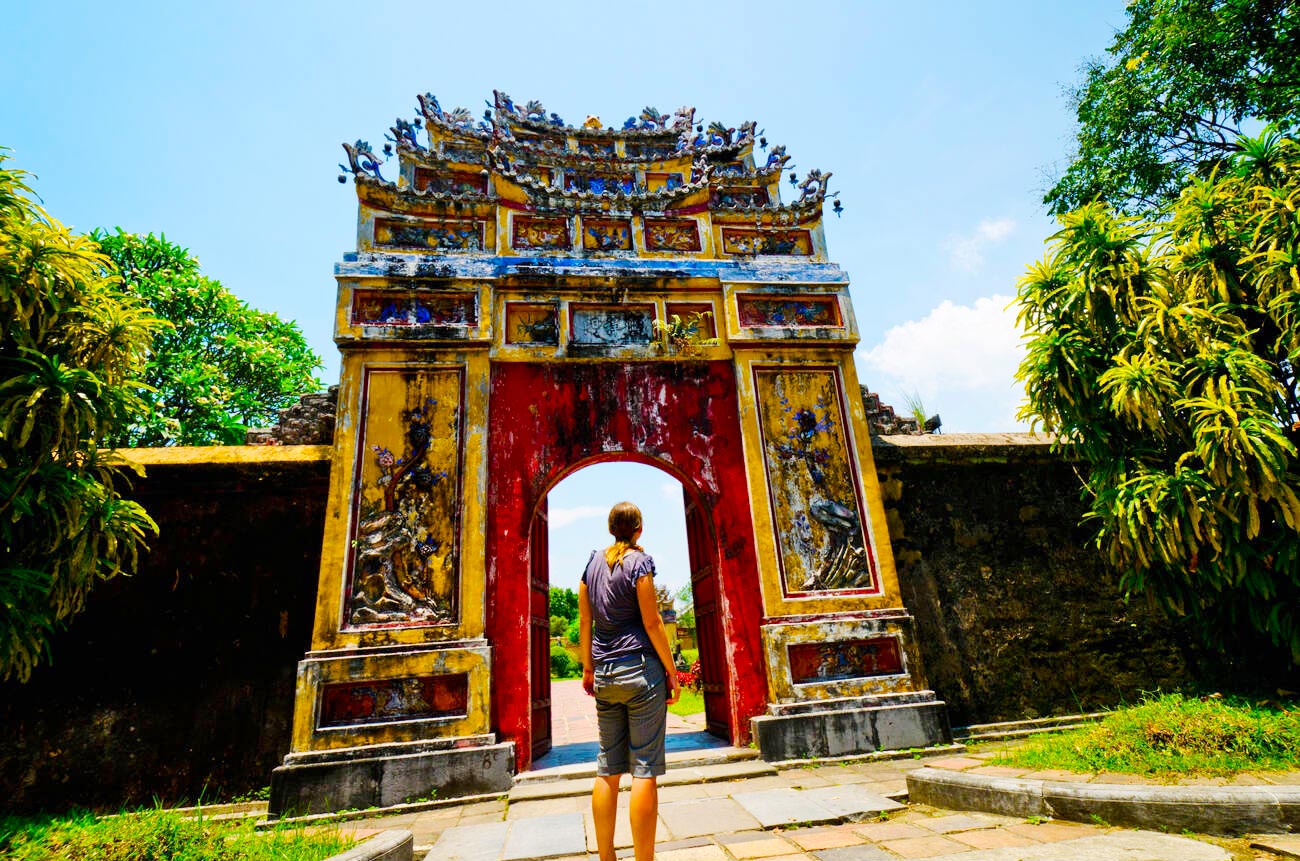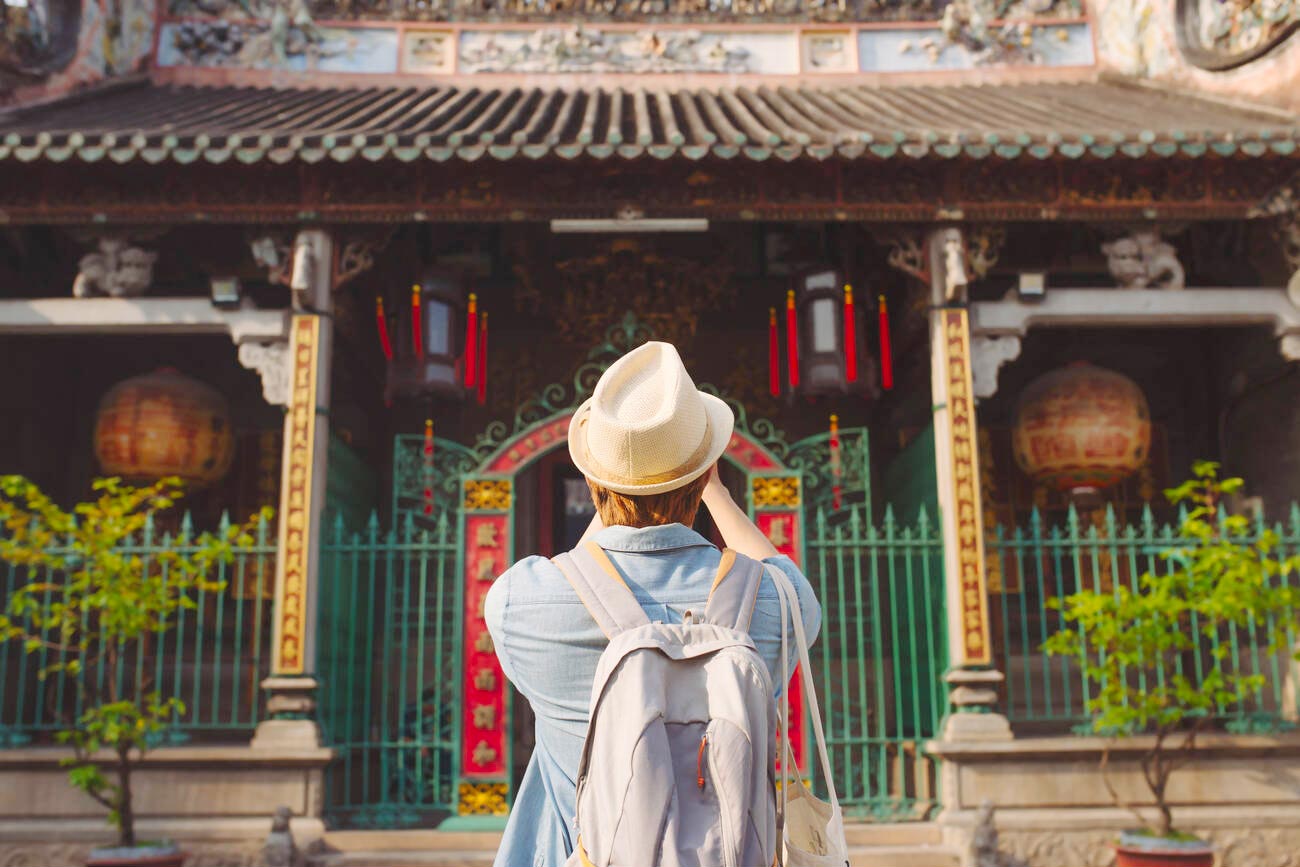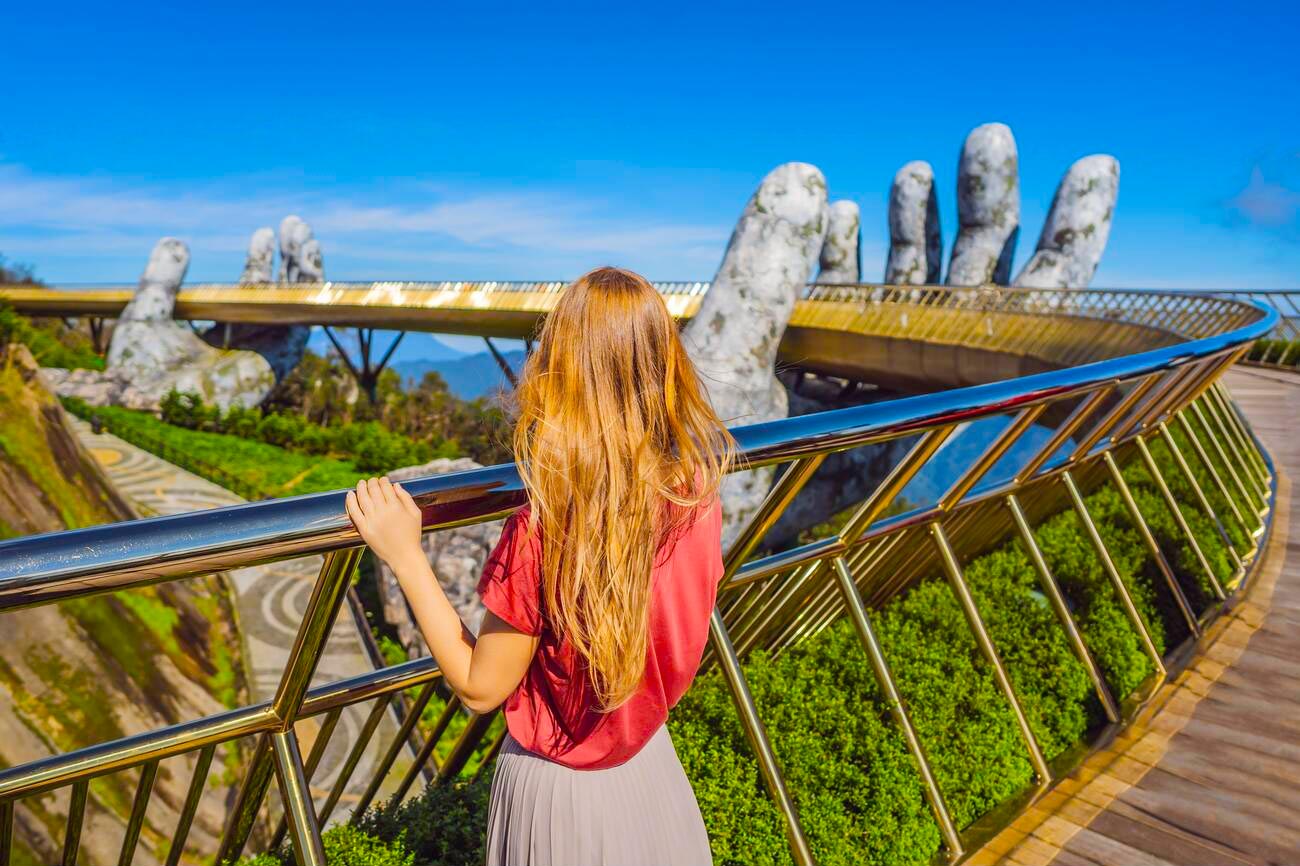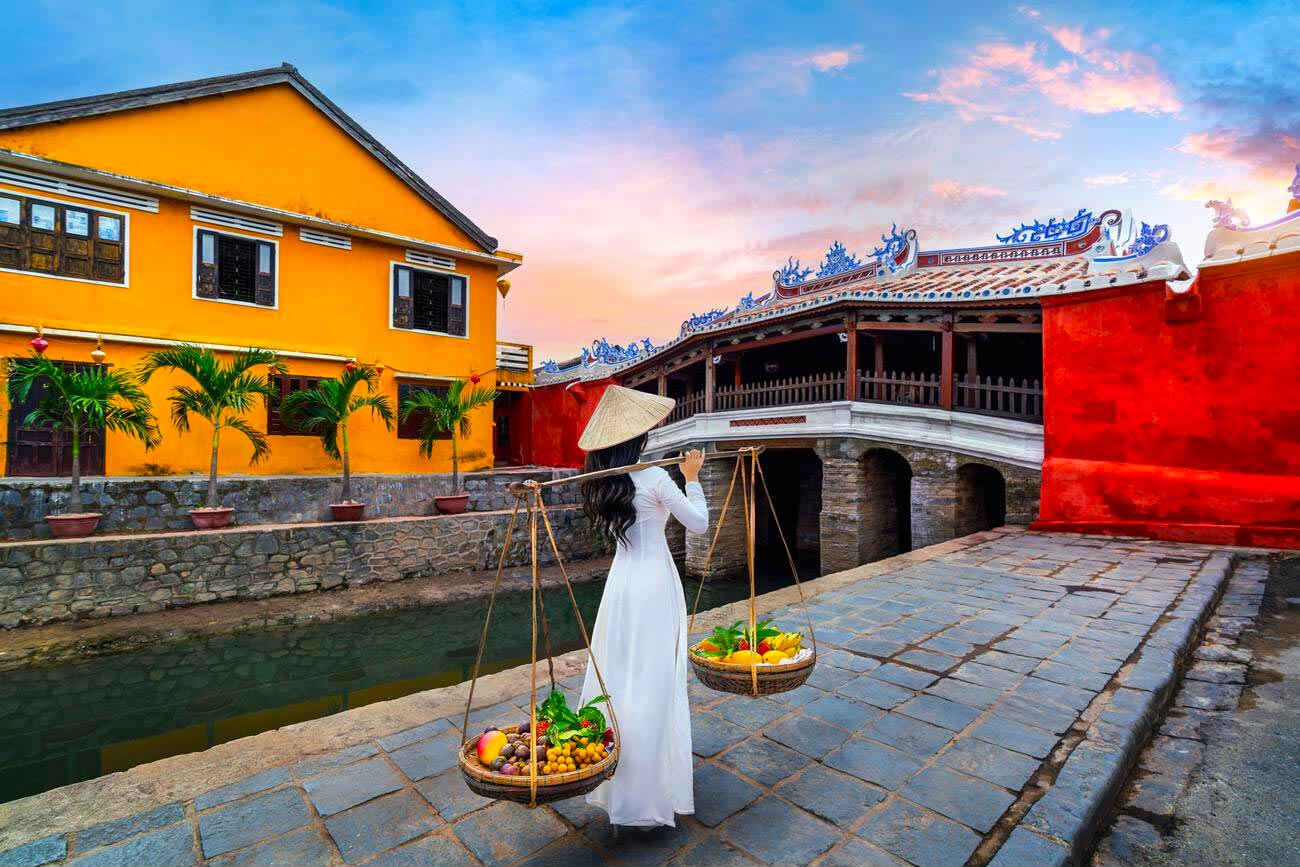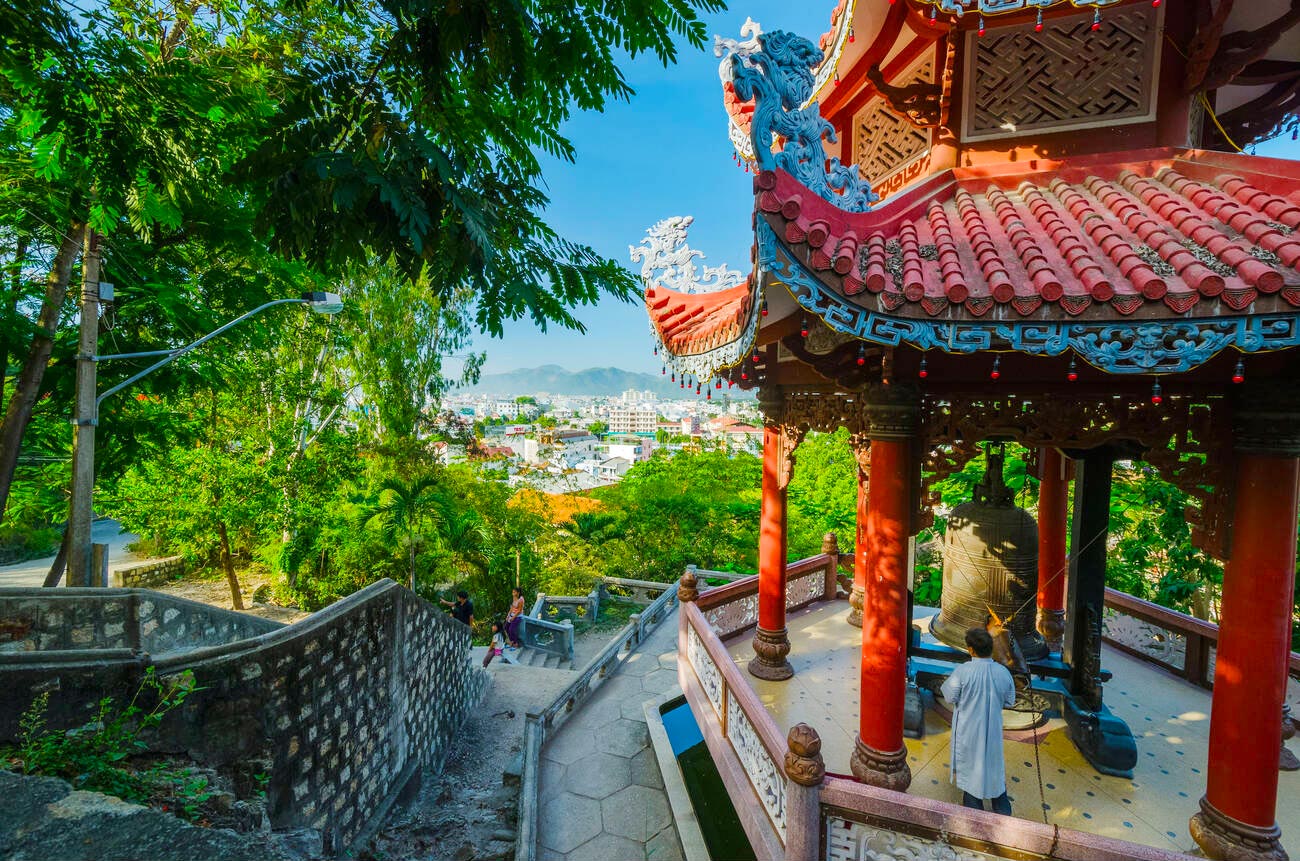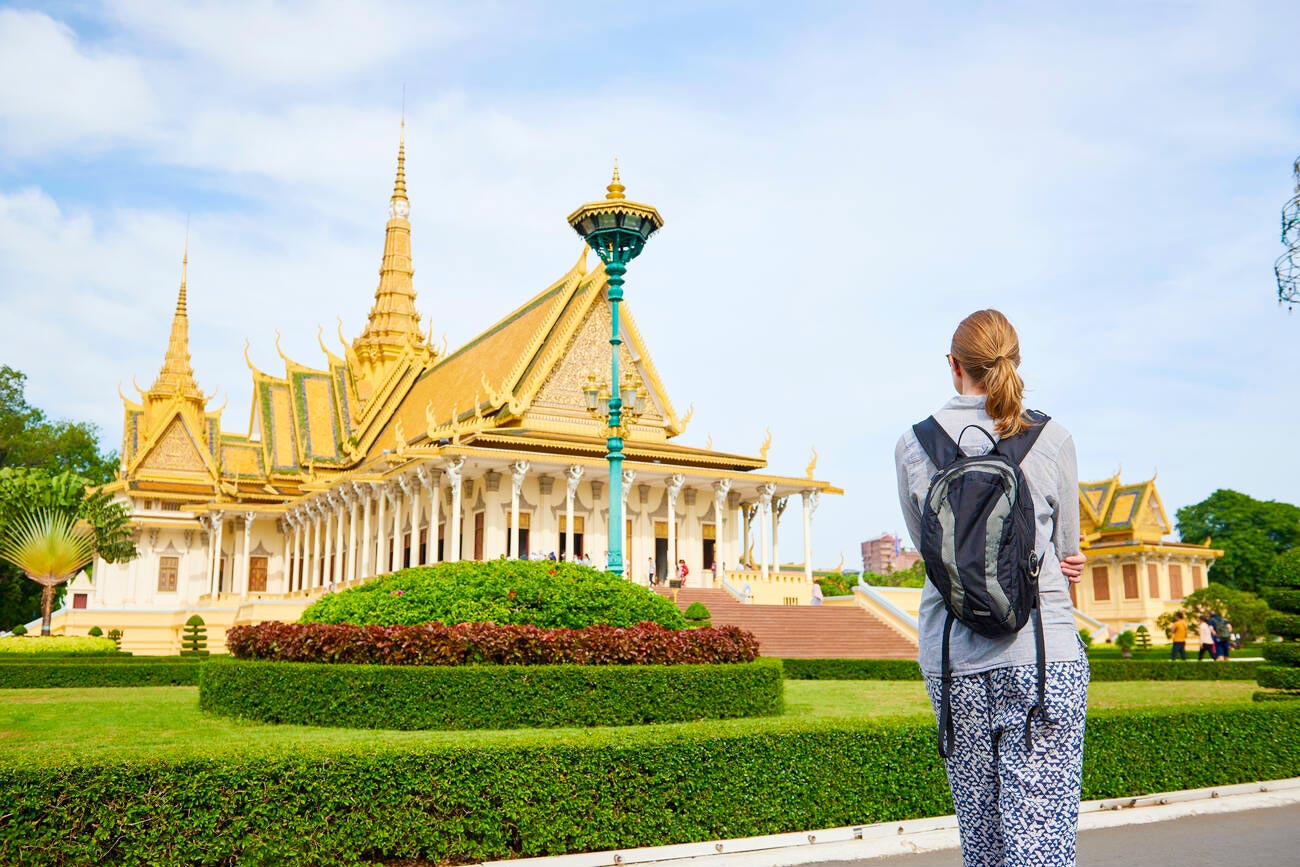Summary
- Hoi An Ancient Town is a UNESCO site with over a thousand years of history.
- The town features diverse architecture, including Japanese bridges and Chinese halls.
- Visitors can enjoy traditional festivals, local crafts, and authentic Vietnamese cuisine.
- Activities include cycling, boat rides, cooking classes, and lantern making.
- Sustainable tourism practices ensure the preservation of Hoi An’s cultural heritage.
Hoi An Ancient Town is a captivating destination that seamlessly blends history, culture, and modernity, making it a must-visit location in Vietnam. Nestled on the central coast, this UNESCO World Heritage site offers visitors a glimpse into a bygone era while providing all the amenities of a contemporary tourist hotspot.
History of Hoi An Ancient Town
Hoi An’s history dates back over a thousand years, serving as a significant port city on the Maritime Silk Road. Its strategic location facilitated extensive trade between Japan, China, India, and Europe, contributing to its cosmopolitan culture and diverse architectural landscape. The town flourished between the 15th and 19th centuries, during which many iconic structures were constructed.
The blend of various architectural styles; ranging from Vietnamese, Chinese, and Japanese to European influences—reflects the multicultural interactions that shaped Hoi An. The town’s preservation efforts, especially after the decline of maritime trade in the 19th century, have maintained its historical integrity, allowing visitors to experience its authentic charm today.
Architectural Marvels of Hoi An Ancient Town
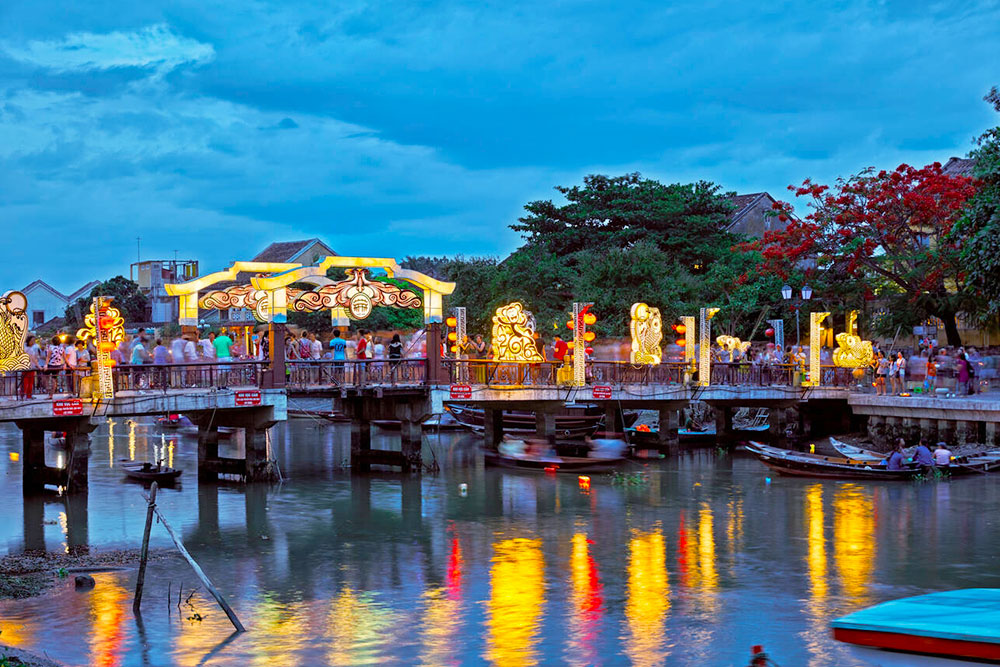
One of the standout features of Hoi An Ancient Town is its well-preserved architecture. The town has numerous historic buildings, each telling a story of its rich past.
- Japanese Covered Bridge
The Japanese Covered Bridge, or Chùa Cầu, is perhaps the most recognizable landmark in Hoi An. Built in the 16th century by Japanese traders, this bridge symbolizes the harmonious relationship between the Japanese and local Vietnamese communities. Adorned with intricate carvings and a pagoda, it is a testament to the town’s multicultural heritage.
- Chinese Assembly Halls
Hoi An is dotted with Chinese assembly halls, built by various Chinese clans that settled in the area. These halls, such as the Phuc Kien Assembly Hall, feature stunning architecture with ornate decorations, dragon motifs, and intricate woodwork. They were centers for social and religious activities, reflecting the influence of Chinese culture in Hoi An.
- Colonial-Era Buildings
The town also boasts a collection of colonial-era buildings that highlight European architectural styles. These structures, including old merchant houses and churches, add to the eclectic charm of Hoi An Ancient Town. Their preservation offers a unique glimpse into the town’s international past.
Cultural Significance of Hoi An Ancient Town
Hoi An Ancient Town is not just about its physical beauty; it is a living cultural hub where traditions are preserved and celebrated. Hoi An hosts several traditional festivals throughout the year, deeply rooted in its history and cultural practices. The Lantern Festival, held on the 14th day of each lunar month, transforms the town with colorful lanterns, music, and performances, creating a magical atmosphere.
The town is renowned for its skilled artisans who continue to practice traditional crafts such as silk weaving, pottery, and wood carving. Visitors can witness these crafts firsthand and even participate in workshops, gaining a deeper appreciation for the local craftsmanship passed down through generations.
Hoi An’s culinary scene is a reflection of its diverse cultural influences. The town is famous for dishes like Cao Lau, a unique noodle dish, and White Rose dumplings. The vibrant street food culture allows visitors to savor authentic Vietnamese flavors enhanced by the town’s historical trading influences.
Attractions in Hoi An Ancient Town
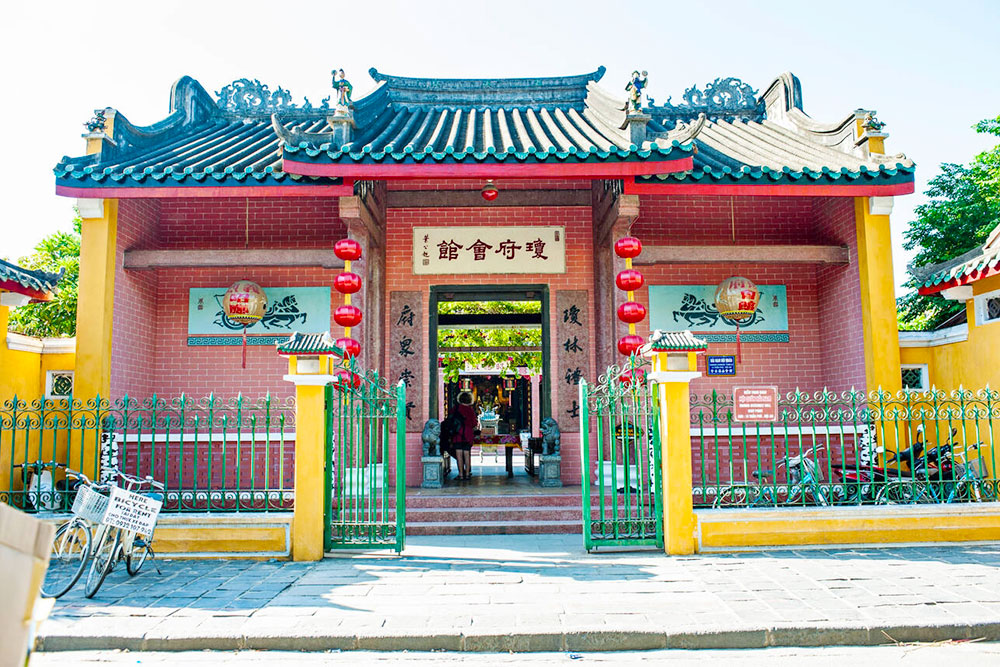
There is no shortage of attractions to explore in Hoi An Ancient Town, each offering a unique experience.
1. Ancient Houses
Exploring ancient houses, such as Tan Ky House, provides insight into past centuries' living conditions and architectural styles. These houses are meticulously preserved, showcasing period furniture, decorative elements, and family heirlooms that narrate the stories of former inhabitants.
2. Museums and Galleries
Hoi An is home to several museums and art galleries that showcase the town’s history and artistic endeavors. For instance, the Hoi An Museum of History and Culture offers exhibits on the town’s development, trade history, and cultural practices, enriching visitors’ understanding of Hoi An’s heritage.
3. Tailor Shops
Known for its bespoke tailoring services, Hoi An boasts numerous tailor shops where visitors can have custom clothing made within days. This unique service combines traditional craftsmanship with modern fashion, making it a popular attraction for tourists seeking personalized attire.
4. Riverside Cafés and Restaurants
The Thu Bon River that flows through Hoi An adds to the town’s scenic beauty. Riverside cafés and restaurants offer stunning views, especially at sunset, providing perfect spots for relaxation and enjoying local cuisine.
Activities to Enjoy in Hoi An Ancient Town
Beyond sightseeing, Hoi An offers various activities catering to different interests.
- Cycling through Hoi An and its surrounding countryside allows visitors to experience the town’s rural landscapes, rice paddies, and traditional villages. It’s an excellent way to explore beyond the town center and engage with the local environment.
- Taking a boat ride on the Thu Bon River offers a serene perspective of Hoi An. Evening boat tours, often accompanied by traditional music, provide a tranquil escape and a chance to see the town illuminated by lantern lights.
- Participating in a cooking class is popular for those interested in Vietnamese cuisine. These classes typically include a visit to the local market to select fresh ingredients, followed by hands-on preparation of traditional dishes under the guidance of experienced chefs.
- Creating your lantern is a memorable activity that connects visitors with Hoi An’s cultural heritage. These workshops teach the intricate process of lantern making, allowing participants to craft their souvenirs.
Best Time to Visit Hoi An Ancient Town
Hoi An’s climate is characterized by distinct seasons, each offering a different experience.
Spring is considered one of the best times to visit Hoi An. The weather is mild, and the town is adorned with blooming flowers, making it ideal for sightseeing and outdoor activities.
Autumn brings cooler temperatures and less rainfall, providing comfortable conditions for exploring the town. The festive atmosphere during this season and various cultural events enhance the visitor experience.
While Hoi An is beautiful year-round, the monsoon season (May to August) can bring heavy rains and high humidity. Visitors who prefer dry and pleasant weather might choose to plan their trips outside these months.
Accommodation in Hoi An Ancient Town

Hoi An offers various accommodation options to suit different preferences and budgets. Hoi An boasts several luxury hotels and resorts that offer world-class services, stunning views, and premium facilities such as spas, pools, and fine dining restaurants for those seeking upscale amenities.
Boutique hotels and heritage inns provide a more intimate and culturally rich experience. Many of these establishments are housed in historic buildings, blending traditional charm and modern comfort.
Budget travelers will find numerous hostels, guesthouses, and budget hotels offering affordable, comfortable accommodations. These options often provide essential amenities and are conveniently located near the town’s main attractions.
For a more immersive experience, homestays allow visitors to stay with local families. This option provides a unique opportunity to learn firsthand about Vietnamese culture, traditions, and daily life.
Dining in Hoi An Ancient Town
Hoi An’s culinary scene is diverse and vibrant, offering a mix of traditional Vietnamese dishes and international cuisines.
Must-Try Local Dishes
- Cao Lau: A signature dish of Hoi An, Cao Lau features thick noodles, pork, fresh herbs, and crispy croutons.
- White Rose Dumplings: Delicate shrimp dumplings served with a savory dipping sauce.
- Banh Mi Hoi An: A local twist on the classic Vietnamese sandwich, often filled with unique ingredients and flavorful spreads.
Street Food
The bustling streets of Hoi An are lined with street food vendors offering a variety of snacks and meals. Sampling street food is a great way to experience authentic flavors and the town’s lively atmosphere.
Riverside Dining
Restaurants along the Thu Bon River offer delicious food and picturesque views. Dining by the river, especially in the evening, provides a romantic and tranquil setting.
International Cuisine
Hoi An caters to international tastes with a range of restaurants offering cuisines worldwide, including Italian, Japanese, and French, ensuring that all visitors can find something to enjoy.
Nightlife in Hoi An Ancient Town
While Hoi An is not known for its vibrant nightlife, it offers a variety of evening activities that cater to different preferences. In the evenings, Hoi An Ancient Town transforms with colorful lanterns illuminating the streets. Strolling through these lantern-lit pathways provides a magical and romantic ambiance.
Night markets offer an array of food stalls, shops, and entertainment options. They are lively places to explore, shop for souvenirs, and sample local delicacies. Occasionally, traditional music and dance performances are held in Hoi An, allowing visitors to experience the town’s cultural expressions in an intimate setting.
Tips for Visiting Hoi An Ancient Town
To make the most of your visit to Hoi An Ancient Town, consider the following tips:
- Plan your trip during the spring or autumn months for pleasant weather and fewer crowds. Avoid the monsoon season if possible.
- The local currency is the Vietnamese Dong (VND). While many establishments accept credit cards, carrying some cash for smaller vendors and markets is advisable.
- While Vietnamese is the official language, English is widely understood in tourist areas. Learning a few basic Vietnamese phrases can enhance your interactions with locals.
- Respect the local culture by dressing modestly, especially when visiting religious sites and temples. Comfortable clothing and footwear are recommended for walking and exploring.
- Stay hydrated, use sunscreen, and be cautious of street food hygiene. It’s also wise to have travel insurance and be aware of your surroundings, as with any tourist destination.
- Show respect when visiting temples and interacting with locals. Removing shoes before entering homes and temples is customary, and polite behavior is appreciated.
Conclusion
Hoi An Ancient Town is a testament to Vietnam’s rich cultural tapestry and historical significance. Its beautifully preserved architecture, vibrant traditions, and warm hospitality make it a captivating destination for travelers seeking relaxation and cultural enrichment. Whether exploring its historic streets, indulging in local cuisine, or engaging with its artistic community, Hoi An offers a unique and unforgettable experience.
Act now to secure our personalized Vietnam vacation packages and enrich your travel adventure. Choosing our tours enables you to experience the nation's beautiful vistas, deep cultural history, and impressive landmarks, ensuring memorable experiences.

